Affiliate links on Android Authority may earn us a commission. Learn more.
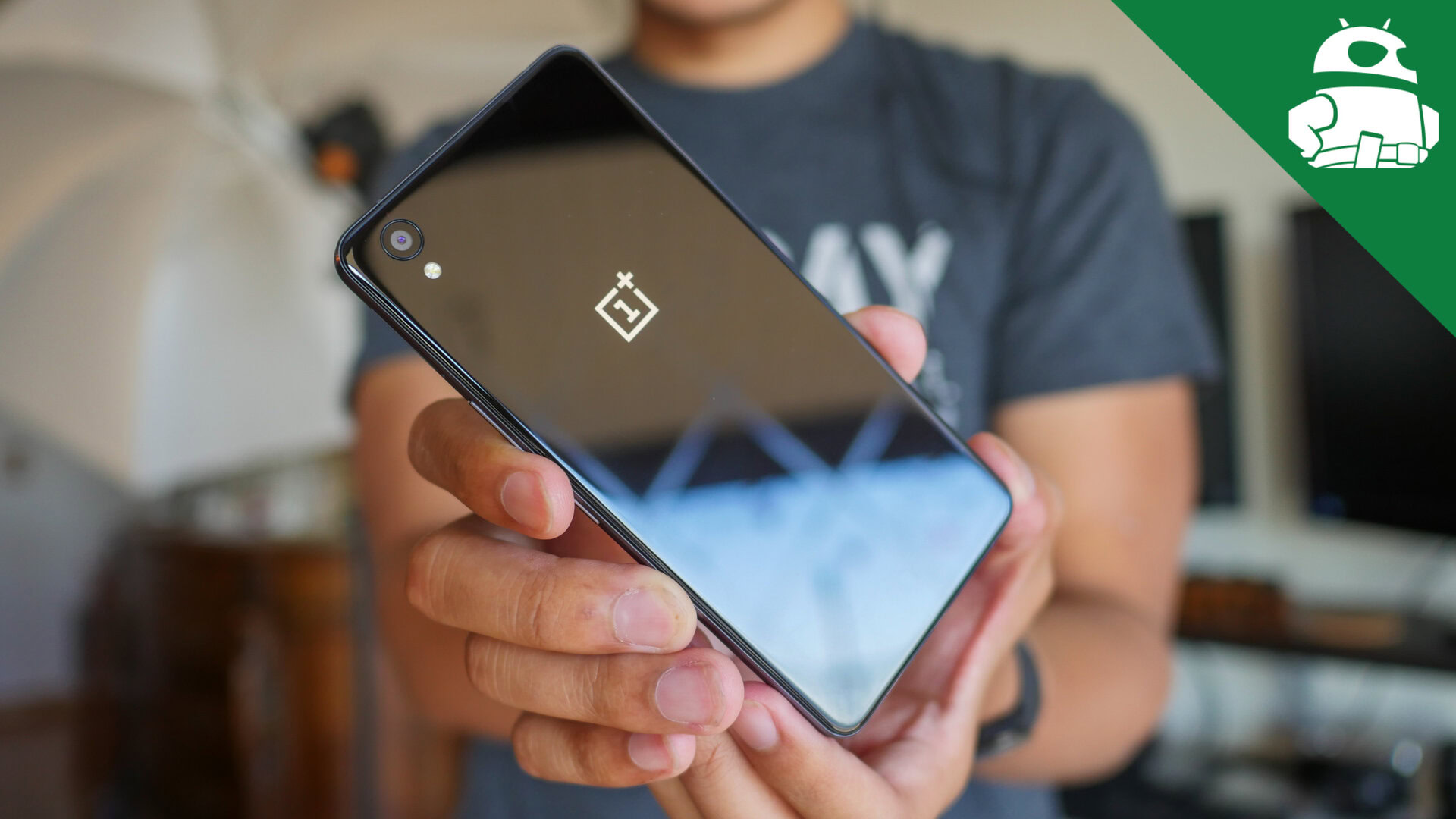
OnePlus X review
Published onNovember 19, 2015
OnePlus X
What we like
What we don't like
Our scores
OnePlus X
Boasting a design overhaul and a compelling price point, OnePlus is hoping to marry the features of their most recent flagship, the OnePlus 2, with the value of its predecessor. Will the first mid-range offering from the company prove to be the smartphone for you? We find out, in this comprehensive OnePlus X review!
Design
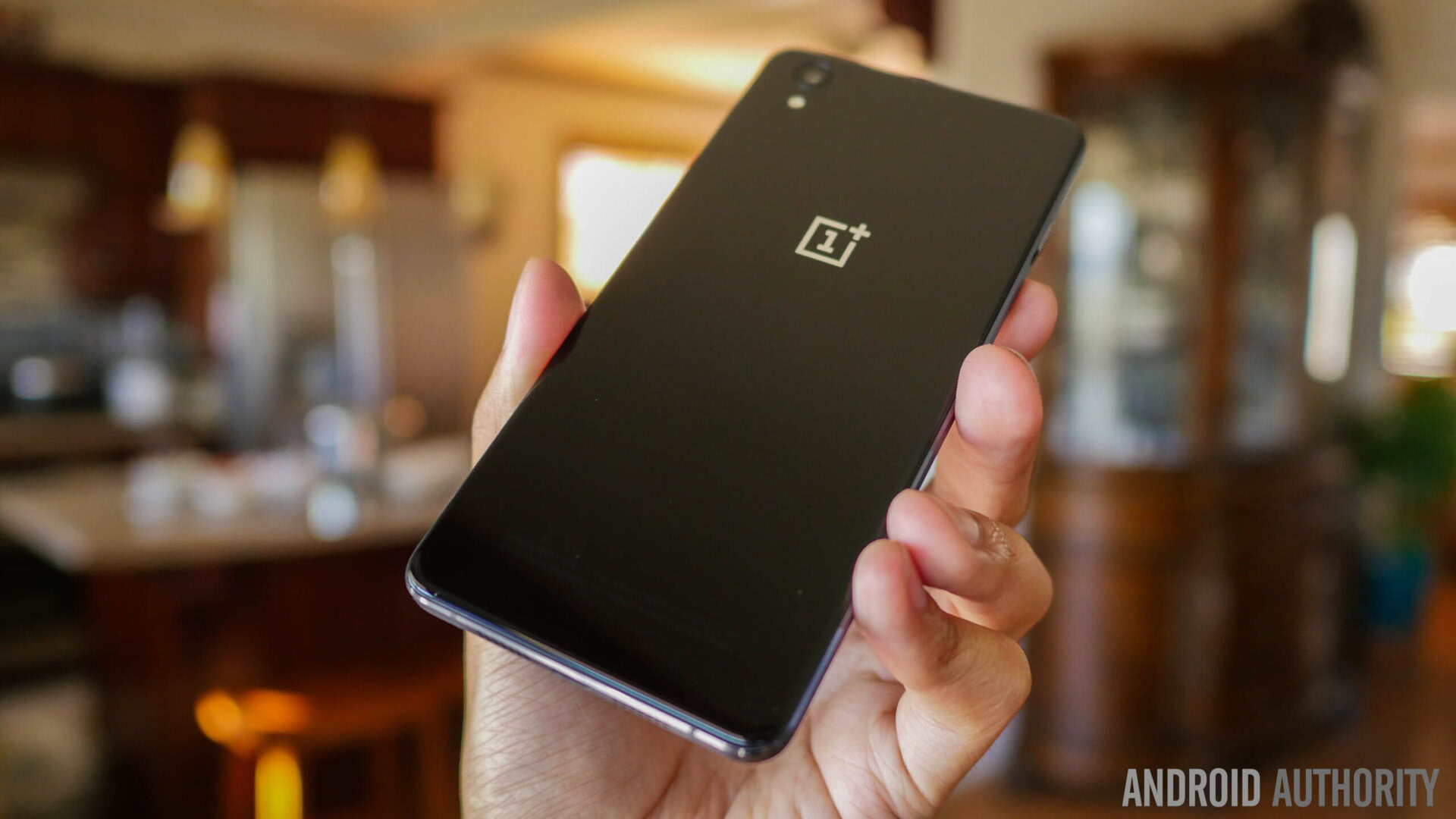
Design is definitely the most striking aspect of the OnePlus X, with the large bodies and subtle curves that define its flagship siblings no longer to be found. Instead, what we get now is a black slate device, utilizing dual glass panels and a metal frame for that premium touch. There is a ceramic version of the phone available as well, where the back is made with a substantially heavier fire-baked ceramic material. That is a special edition of sorts, however, and the glass-encased “Onyx” edition seen in this review is the one that is more readily available.
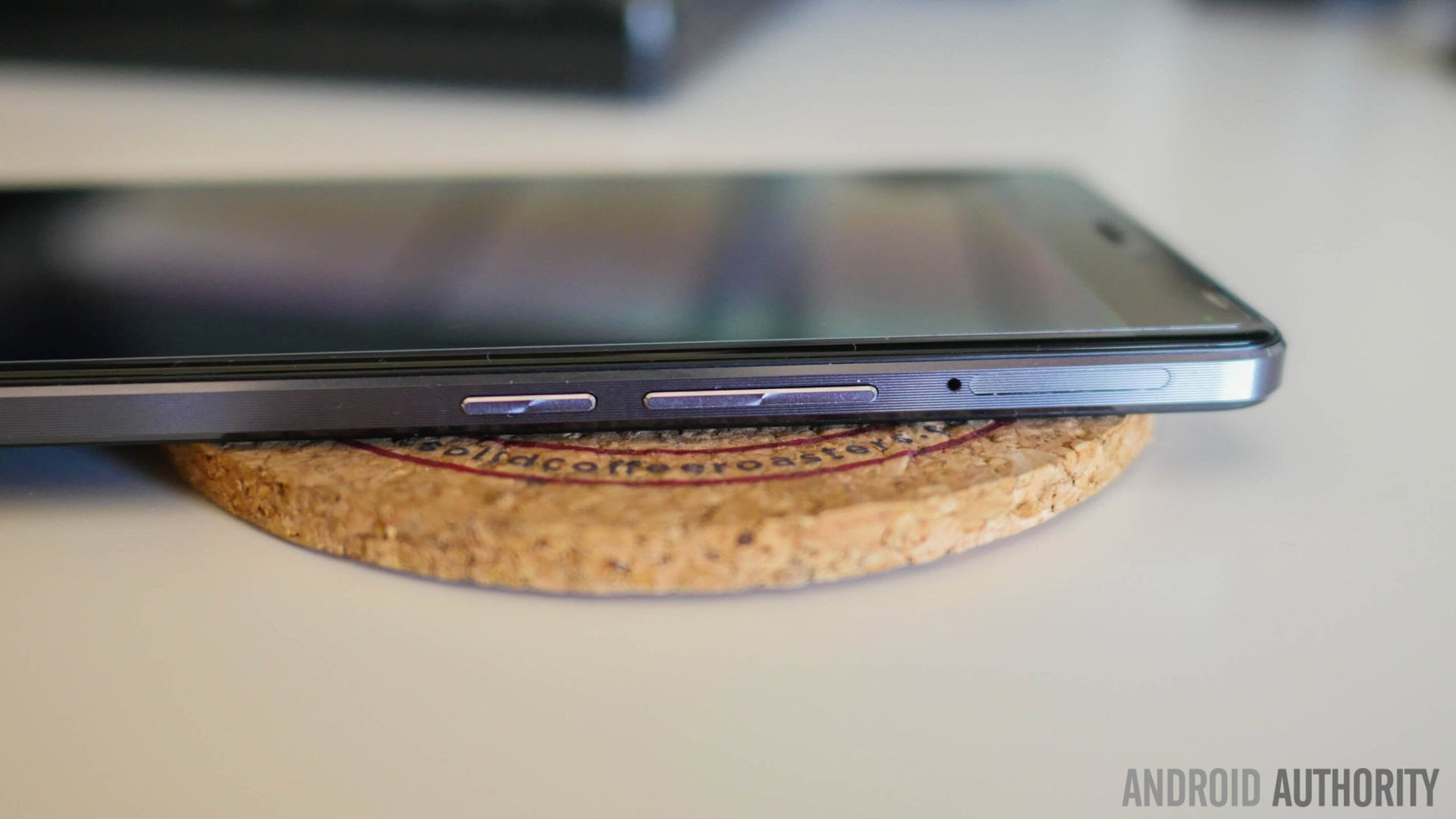
Starting with the metal frame, there are a number of micro-cuts in it that contribute a lot to the handling experience. In case you were worried, these micro-cuts don’t scrape the skin and aren’t uncomfortable to the touch, but rather provide a reassuring feel when holding the device. All the buttons are on the right side, with the power button below the dual SIM/microSD tray and the volume rocker, and on the other side is a feature returning from the OnePlus 2, the Alert Slider. The bottom marks OnePlus’ return to the microUSB charging port, and despite appearances, only the left grill houses a speaker.
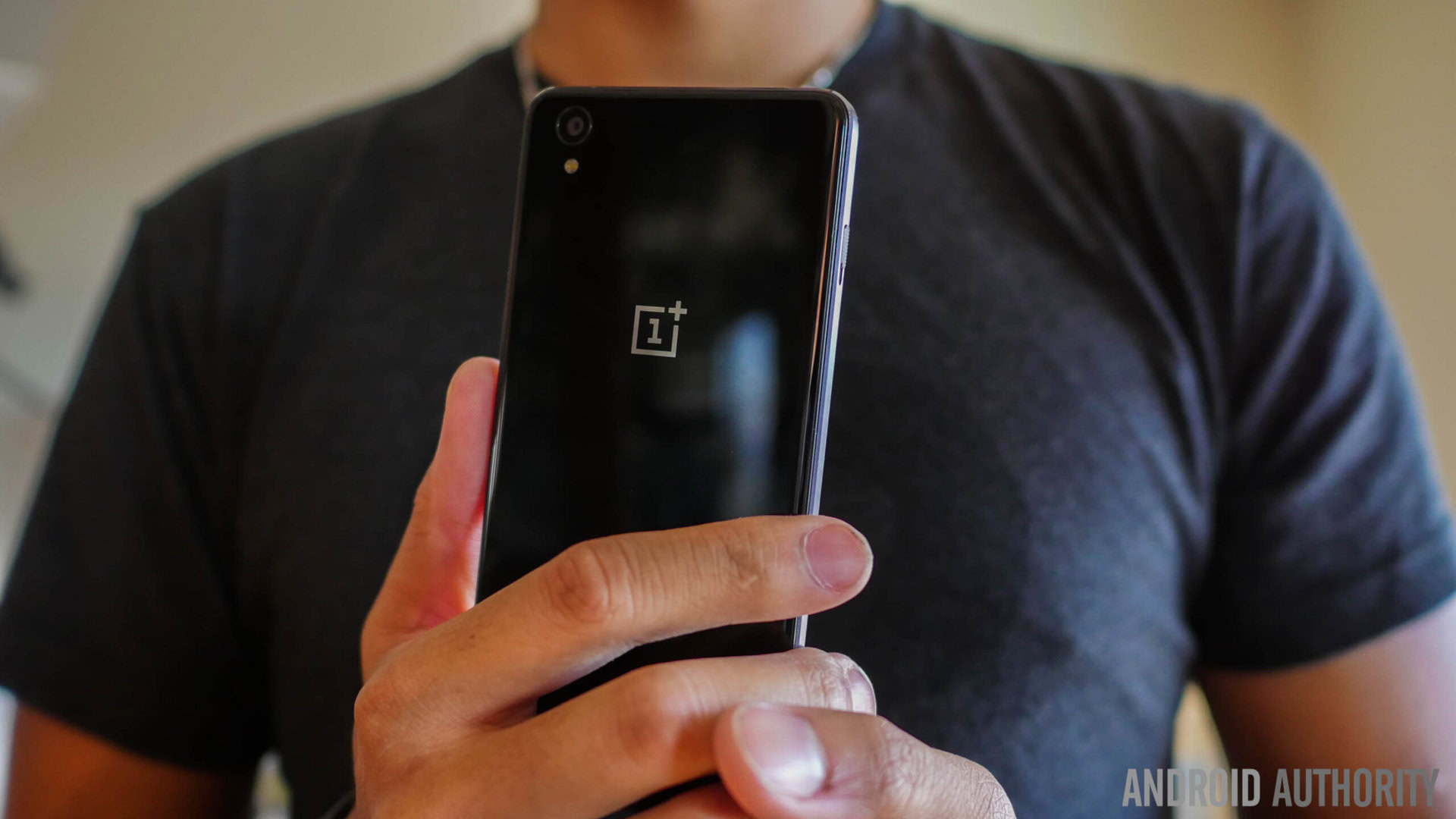
The 5-inch screen is just the right size for comfortable one-handed usage, and above it is the proximity sensor that helps trigger the Ambient Display feature. A closer look is required to see the markings for the capacitive navigation keys below the display, and as mentioned during the unboxing, these buttons are placed really close to the bottom, and that does take a little getting used to in terms of reaching them. On the back, the OnePlus logo is front and center, with the camera optics nestled in the corner.
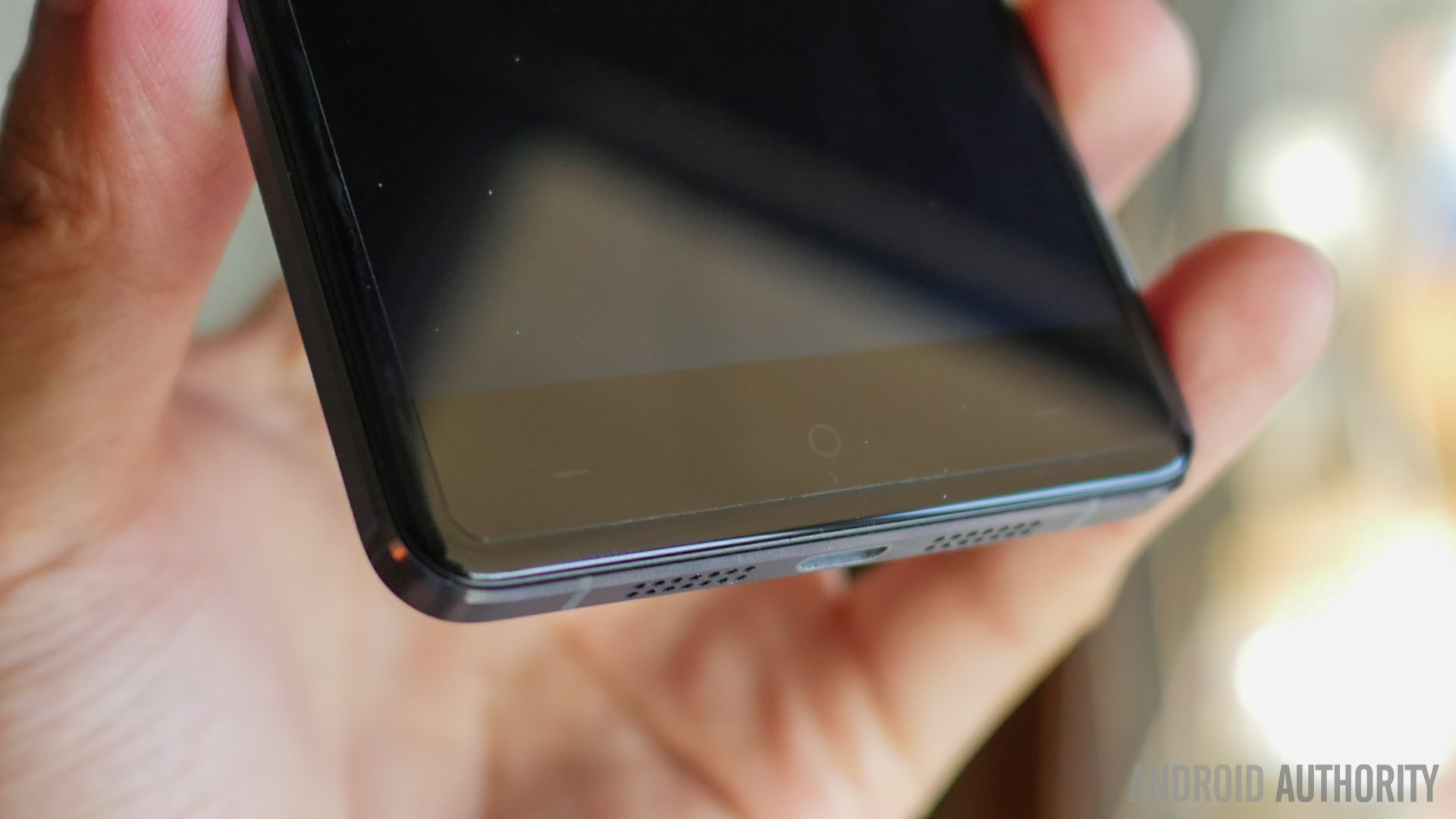
We had several “smaller” devices this year, but the OnePlus X comes with a pretty sleek design to keep this form factor feeling pretty fresh. One-handed usage is a highlight here, with the flat sides and those micro-cuts really helping the phone sit snug in the hand while reaching from side to side. There are some drawbacks here however, with the dual glass design making for an incredibly fingerprint-prone device, and you will find yourself wiping it down often to keep things pristine.
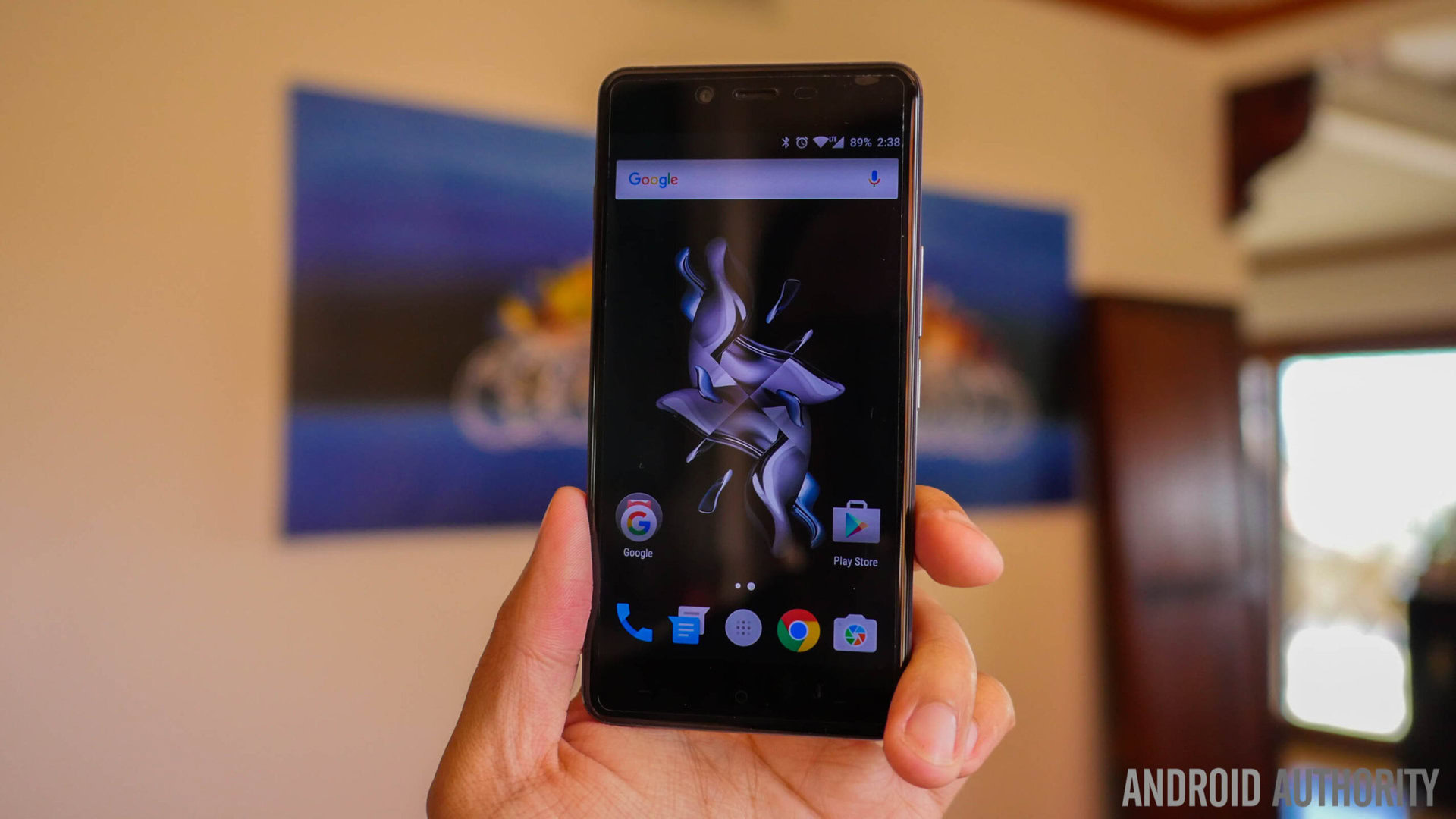
Of course, there are some obvious sources of inspiration as well, but OnePlus does do a good job of having enough differentiating factors. Ultimately, the OnePlus X is a pretty premium looking and feeling device, that somewhat surprises when you consider how much, or how little, you will be paying for it.
Display
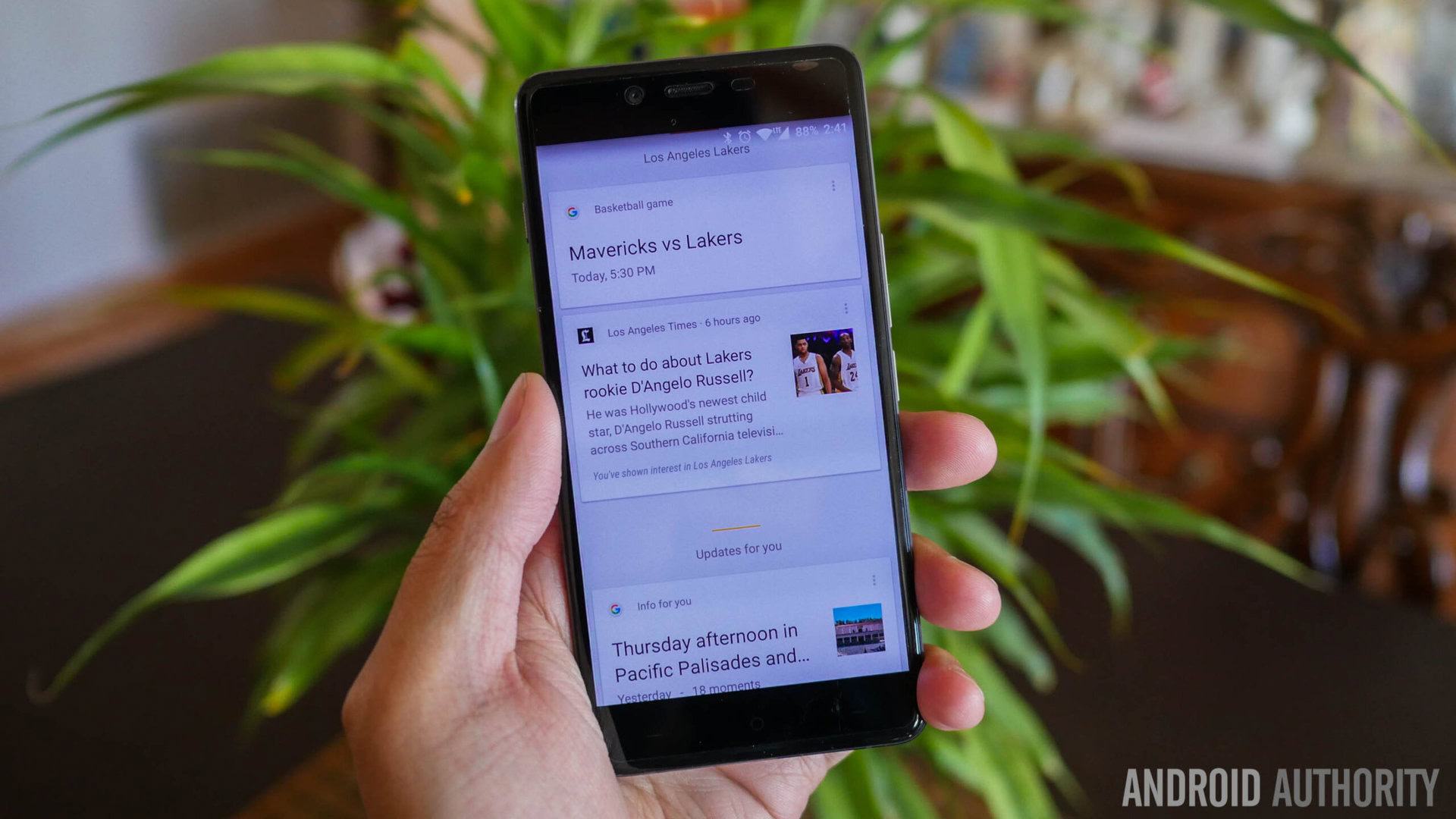
The OnePlus X features a 5-inch AMOLED display with a 1920 x 1080 resolution, resulting in a pixel density of 441 ppi. 1080p allows for the right kind of display experience for a phone like this, with some punched up colors due to the black levels an AMOLED screen allows for. It is good that, despite being an affordable device with a small form factor, OnePlus didn’t decide to bump the resolution down to 720p. Text is sharp enough for a 5-inch display when reading, and media looks really good as well. Brightness is also pretty high, and at the highest level, the white areas of the screen might actually be a little blinding even in normal lighting conditions.

AMOLED is taken advantage of by the OnePlus software, with its Ambient Display feature, that can be triggered by waving your hand over the proximity sensor, with the screen then showing the minimal version of the lockscreen for a quick glance at your notifications. The Oxygen OS theme is also set to Dark Mode by default, which is a really nice touch and allows for a battery life boost, by keeping the AMOLED screen from showing too many bright colors.
Related: OnePlus X best cases
Performance
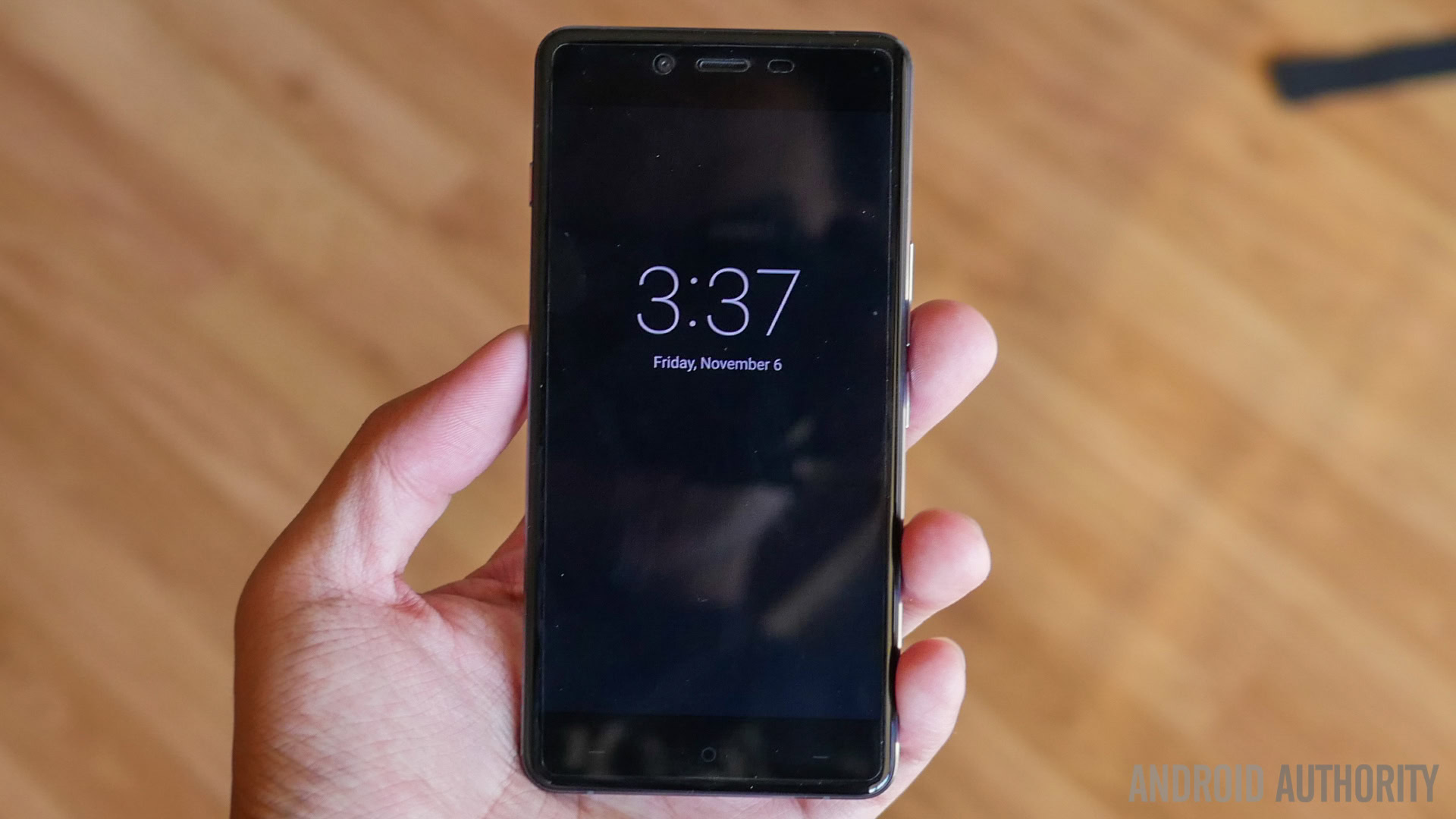
Under the hood, the OnePlus X comes with a quad-core Qualcomm Snapdragon 801 processor, clocked at 2.3 GHz, and backed by the Adreno 330 GPU and 3 GB of RAM. This processor was the 2014 flagship standard and was also found with the OnePlus One, save for the additional gig of RAM, and helps make a case that last year’s phones are certainly viable options in the current smartphone space. With daily tasks, like writing emails, listening to music, watching the occasional video, and general web browsing, the OnePlus X doesn’t skip a bit, and only when firing up the more recent graphically-intensive games is where you experience a slowdown.
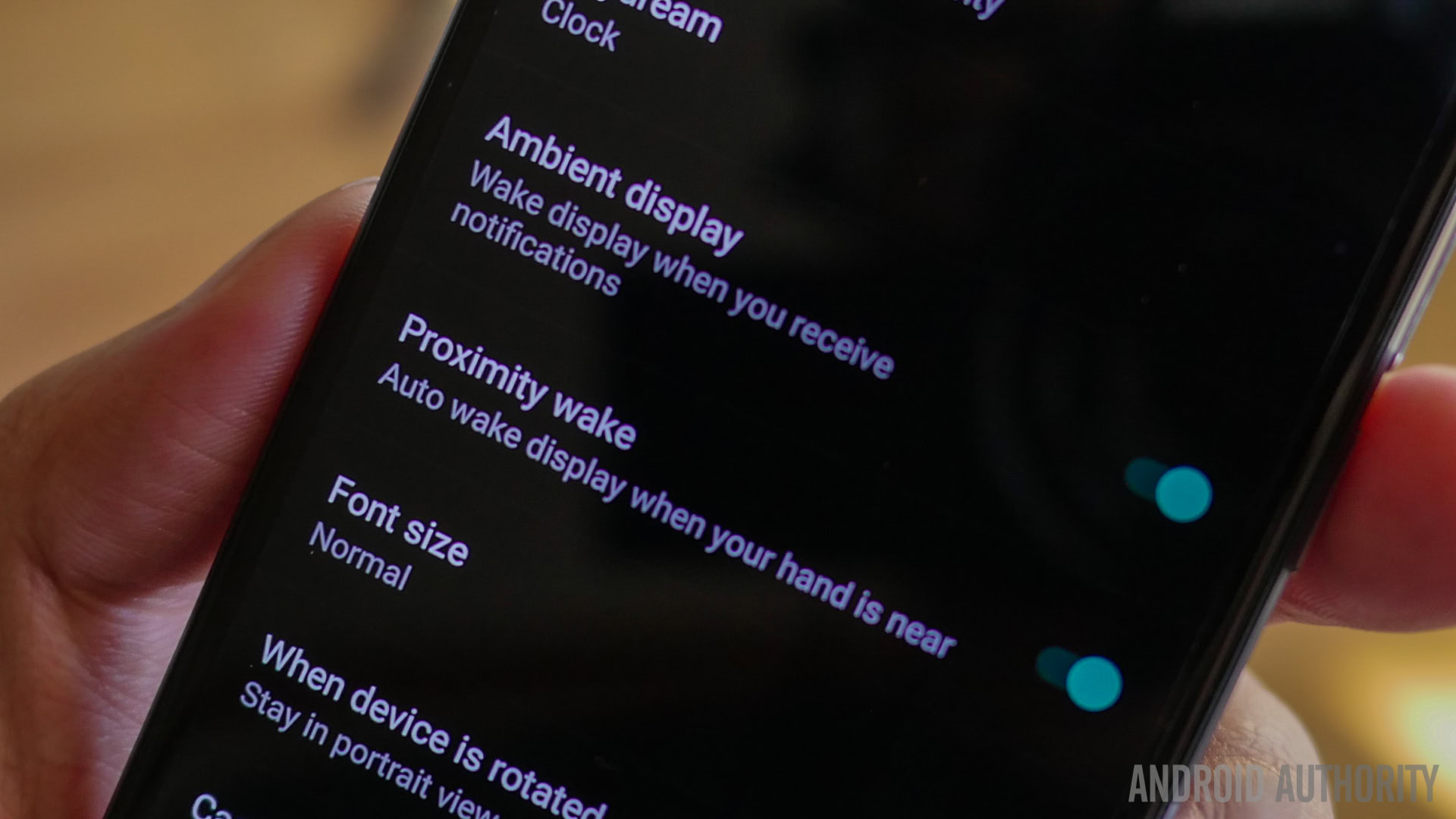
Of course, when actually compared to current generation flagship smartphones, the Snapdragon 801 does show its age, and while some of the blame may lie on the extra polish that the Oxygen OS may still need, instances of stutter were fairly common. From little stutters when YouTube started playing a video, to the small but noticeable occurrences of Fleksy fumbling a letter, it became clear that while this is still a very viable processing package, it is still over a year old. Though the vast majority of users will be hard-pressed to notice these little issues, and future Oxygen OS updates will certainly also help smooth out the rough edges, it is still important to know what you will be dealing with.
Hardware
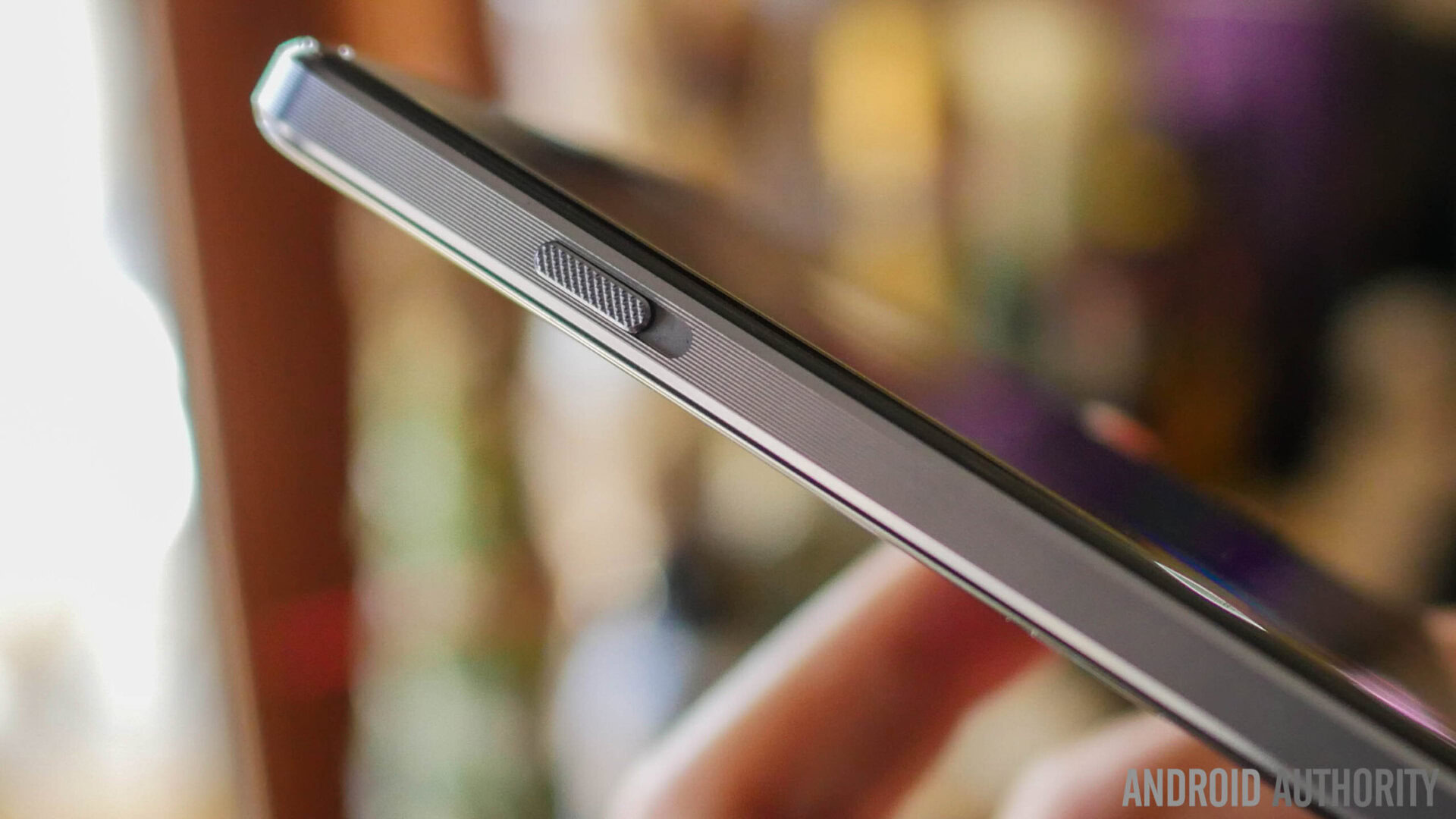
In hardware, the OnePlus X retains some of the features from the OnePlus 2, while adding some new hardware elements as well, with the main omission this time around being the fingerprint scanner. Just like on the OnePlus 2, NFC is not available. The Alert Slider is back however, and proves itself to be a really easy way of silencing the phone, with the middle position being useful only as long as you have your priority notifications set up properly.
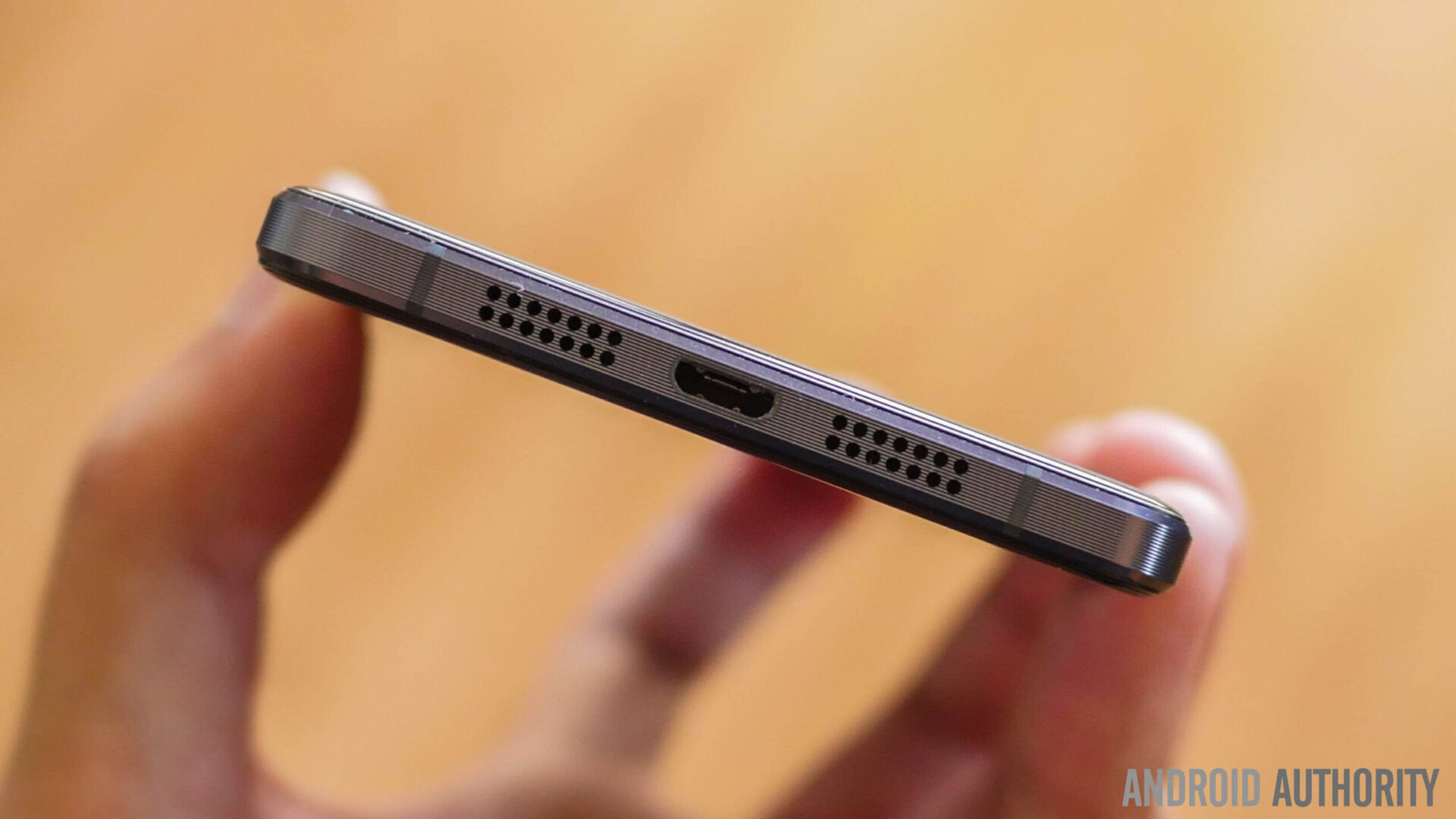
Even though there are two grills at the bottom flanking the microUSB port, only the left grill houses the single speaker unit that provides audio skewed towards the higher ends, which is a little unpleasant, despite the speaker itself being able to get pretty loud. Using a good pair of headphones will allow for a much better audio experience. The wires also serve an extra purpose, with the OnePlus X coming with a radio tuner, which works as well as can be expected, and is a nice addition to have if you want to listen to local stations.
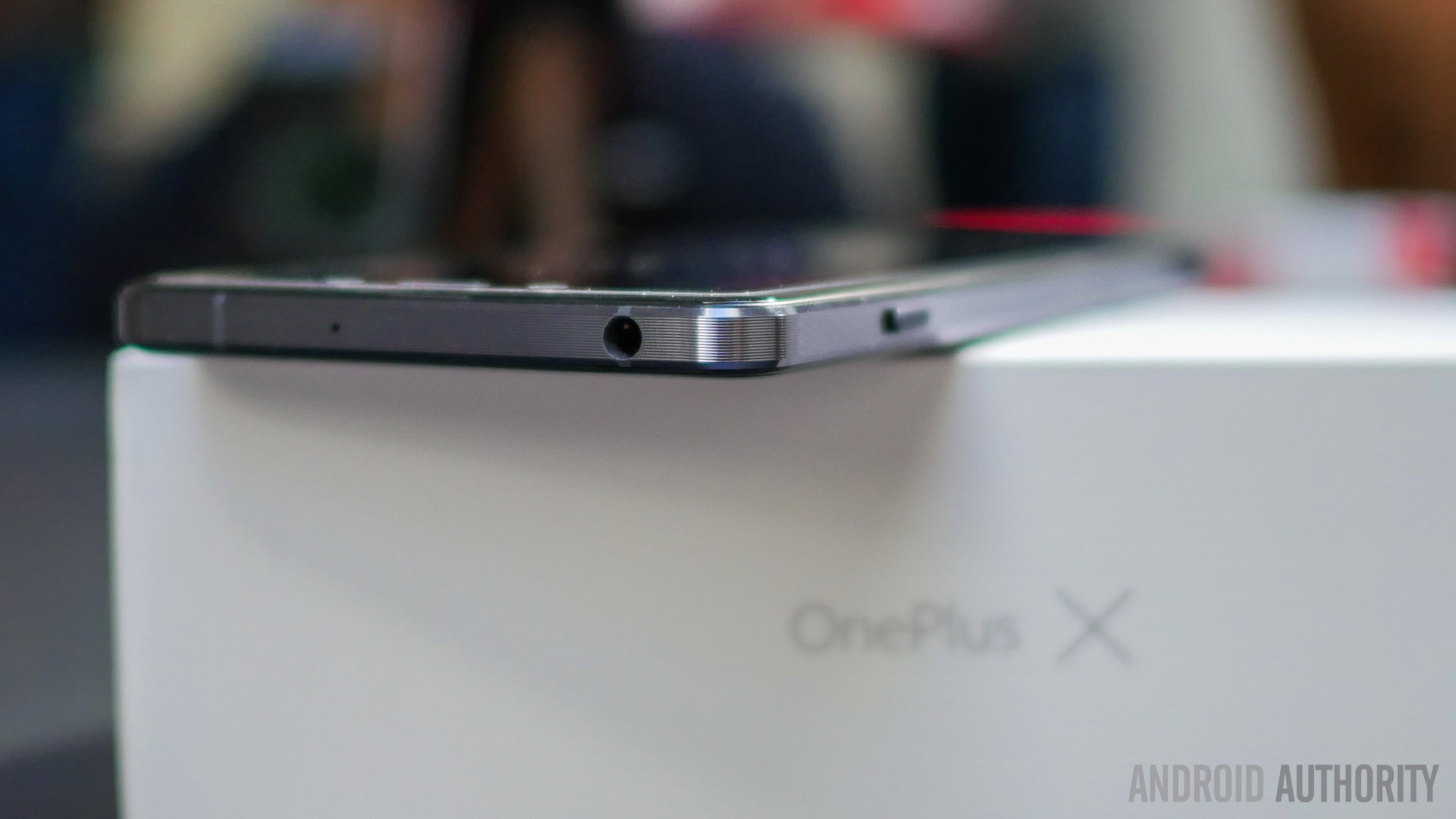
Another feature that is retained from the OnePlus 2 is the dual SIM tray, but the secondary SIM slot now doubles as a microSD card slot, which will certainly be appreciated, since the 16 GB of on-board storage will not be enough for most people. Of course, users will have to make a choice between dual SIM capabilities or expandable storage, but any implementation that allows for the latter is a big plus.
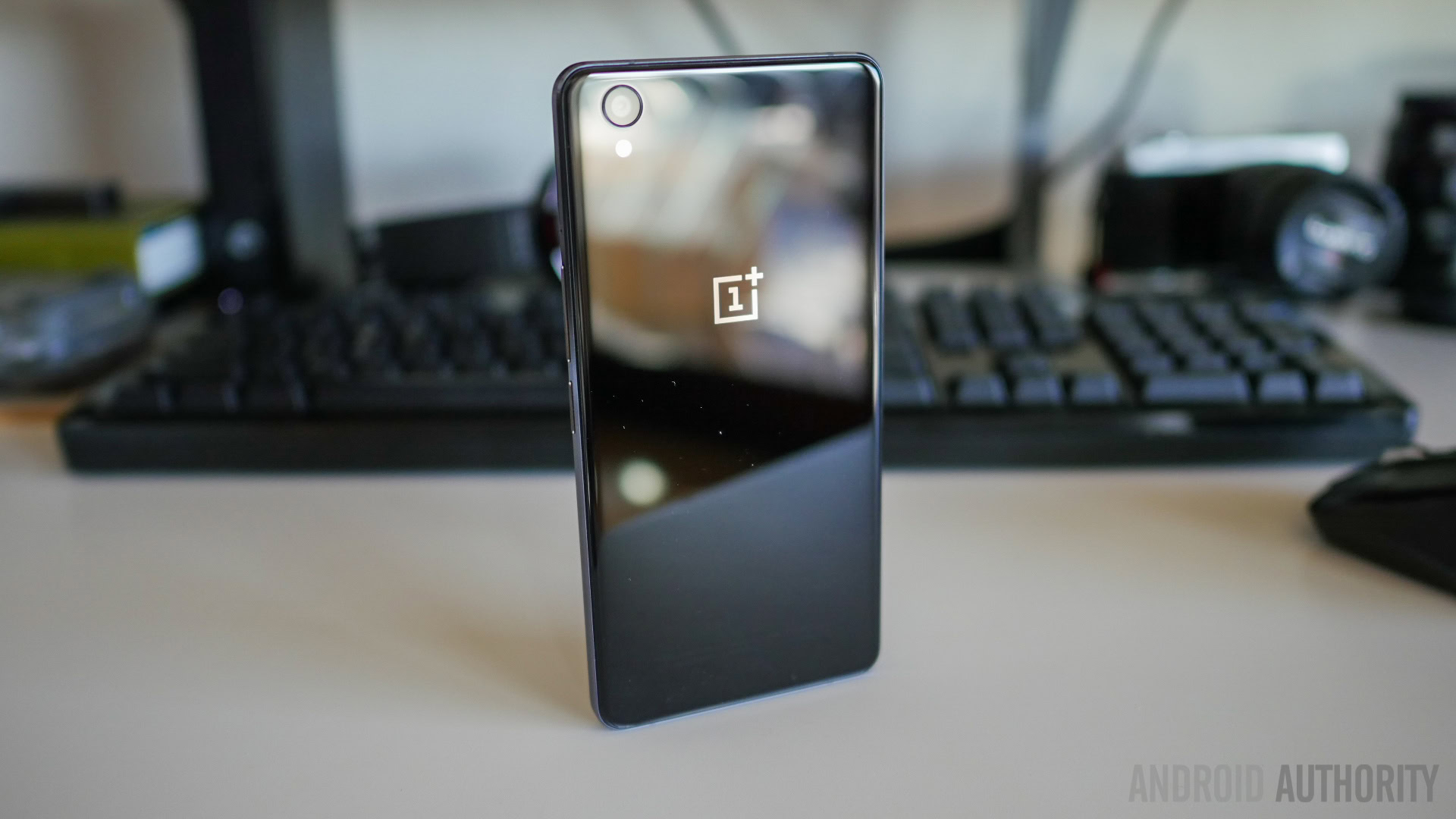
On the battery front, the OnePlus X packs a 2,525 mAh unit, which is pretty standard for a phone of this size, but actually allowed for pretty surprising results. With moderate usage, the device allows for around 3 hours of screen-on time, which seems pretty average, but means more when factoring in the low price of this smartphone. The standby time is also quite impressive, with due credit being given to the AMOLED display and features like Ambient Display and Dark Mode. There is no fast charging or wireless charging however.
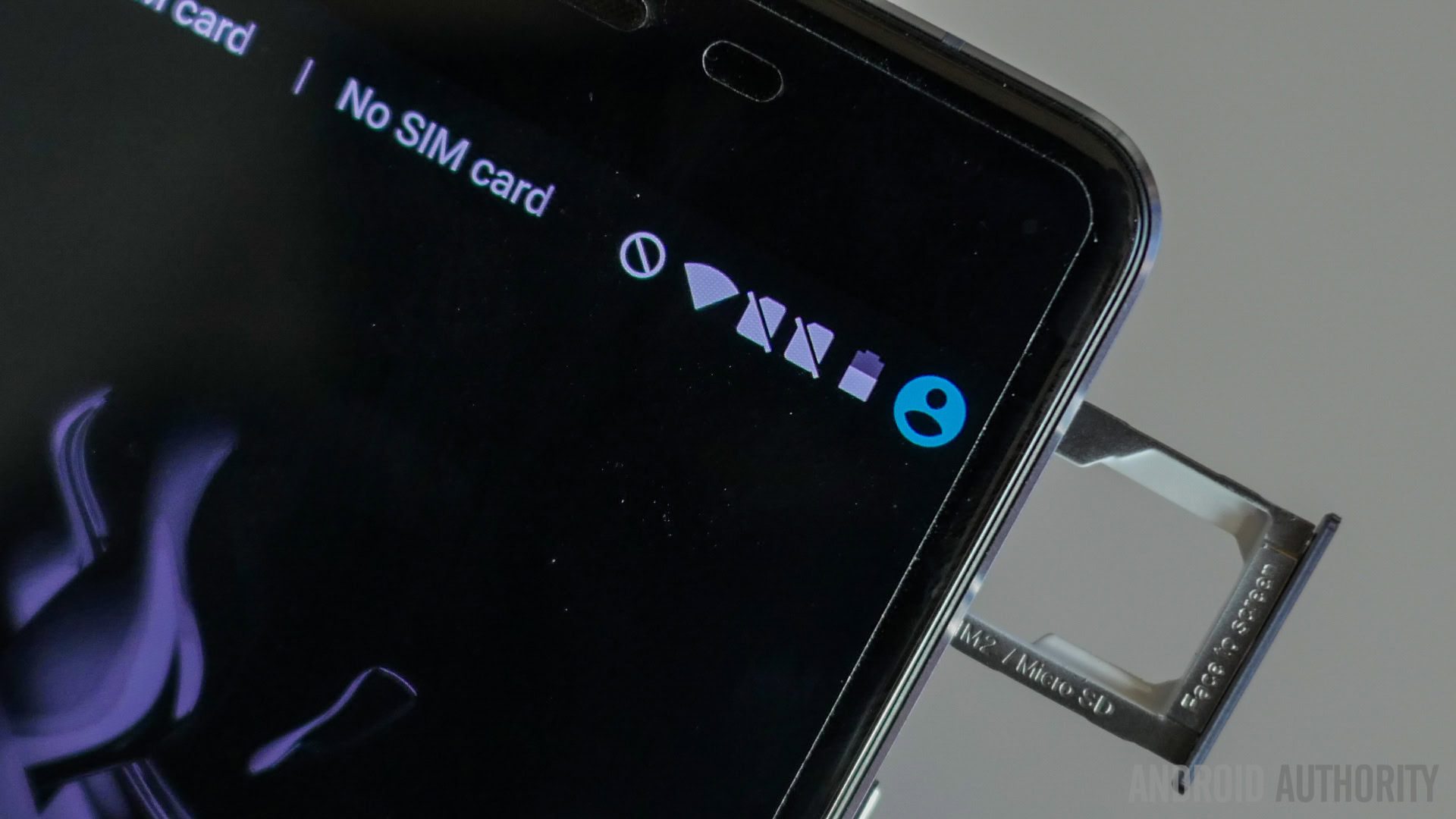
One aspect of hardware that definitely needs to be addressed is with regards to mobile connectivity in the US. You may have already heard that the OnePlus X lacks a couple of key bands to access high-speed internet, one required for AT&T, and the other for T-Mobile. The AT&T issue keeps the phone from maintaining a steady LTE connection consistently, and for T-Mobile, the carrier’s gradual change to that particular band will cripple any LTE access. This is certainly a very big deal for any of you in the US, and brings up the point that if you are hoping to use the OnePlus X on these networks, this phone may come with an expiration date. The device is a very viable choice in other markets around the world, but it will help to be aware of these facts if you are planning to pick up this device in the US.
Camera
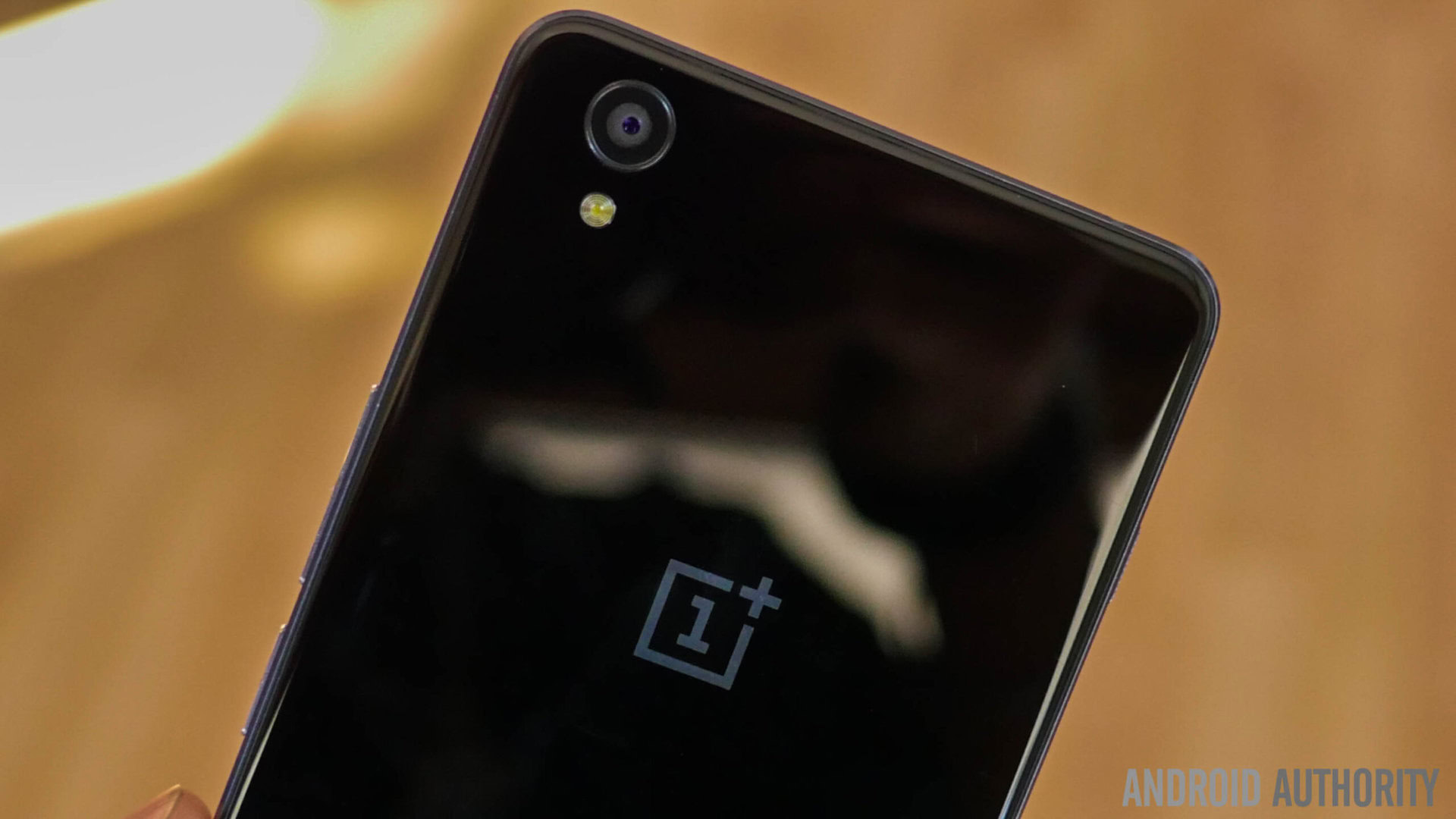
The OnePlus X comes with a 13 MP rear camera that uses phase detection autofocus and leverages HDR, along with a 8 MP front-facing shooter, that allows for some detailed selfies. The camera application is the same as the one found with the OnePlus 2, which uses swipes on the viewfinder in order to switch between various modes, including slow motion video, time lapse, and panorama. Going to the last mode means a change to the portrait orientation, which can be quite annoying. There isn’t much manual control available, aside from basically just being able to trigger HDR.
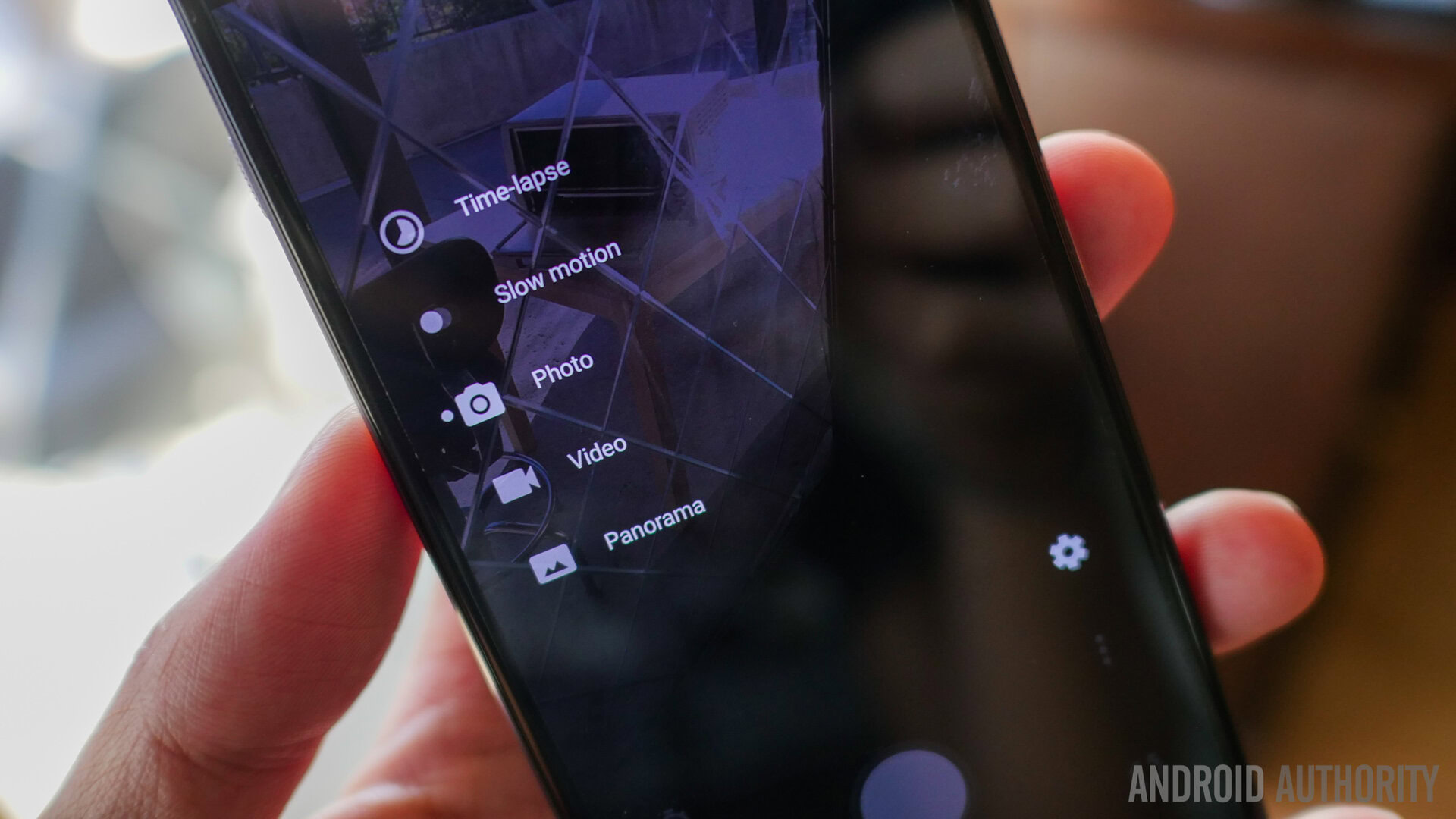
Taking a look at the camera samples, we find the OnePlus X guilty of some classic pitfalls. It’s great in good lighting conditions, but quality deteriorates drastically as conditions worsen, and taking a shot will always require a very steady hand. The app is fast enough, getting shots done in a decent amount of time, but even in medium light situations, the camera opts for slower shutter speeds in order to compensate for exposure. Slower shutter speeds are of course not a bad thing as such, but it does make getting good results in low light conditions difficult.
This actually becomes more of an issue with video capture, which gets a bit choppy more often than not, and is one of the main flaws that was observed in the camera experience. Going back to the images, darker areas are still quite fuzzy, which is expected, but aren’t particularly bad to look at. Colors are not particularly dull either, but could use a little bit more punch. Using HDR in these scenarios just results in a brighter picture, instead of a more vivid photo, which isn’t ideal. For a daily shooter, the OnePlus X requires a little more diligence to get good shots, but for its price point, we don’t fault the camera too much for that, unless your focus is video recording.
Software
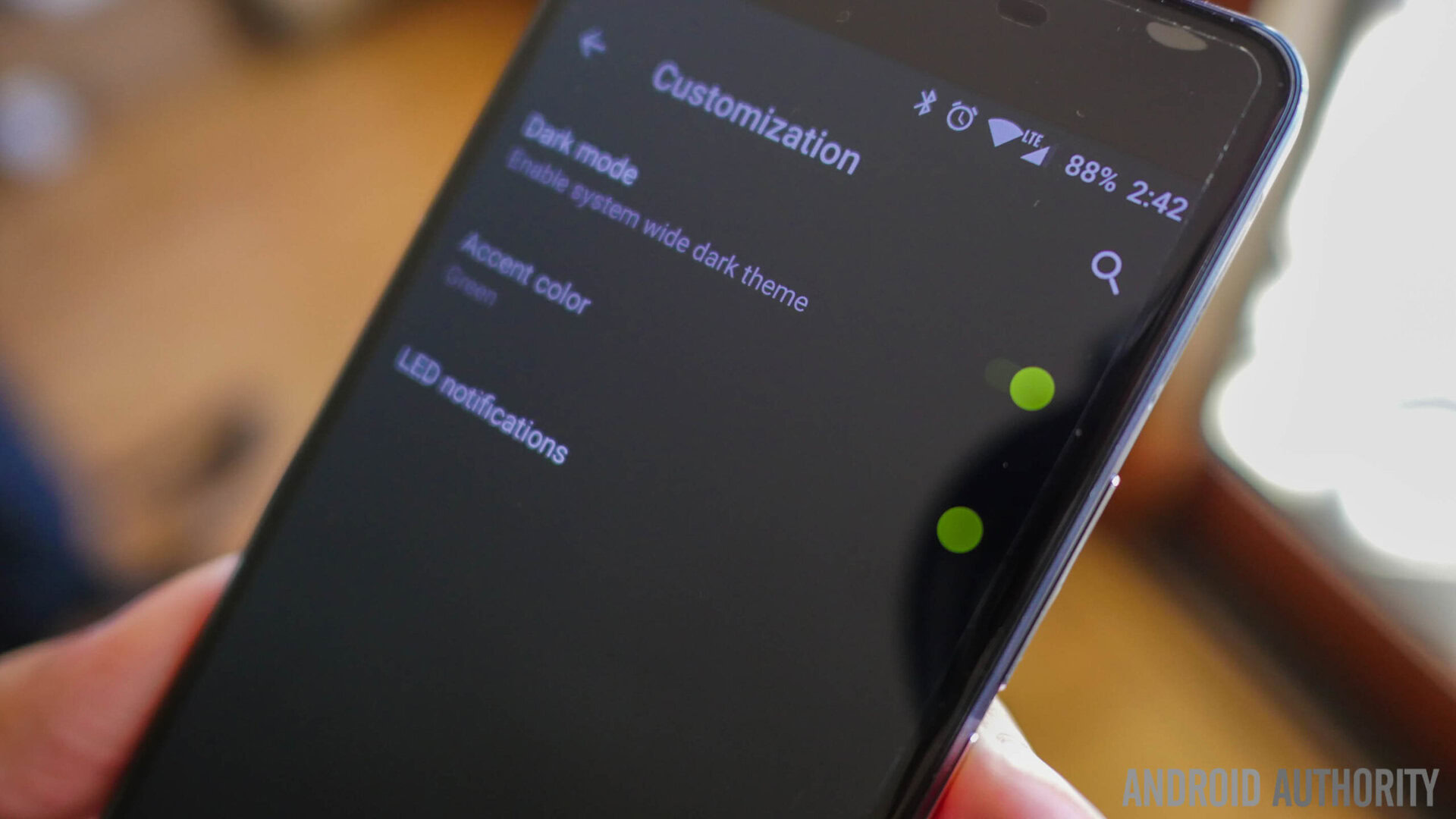
On the software side of things, we have the return of the OnePlus built Oxygen OS, which brings a mostly stock-looking Android edition to the OnePlus X. Much of it is really familiar, with a Lollipop inspired interface that includes the paginated app drawer and the Quick Settings menu.
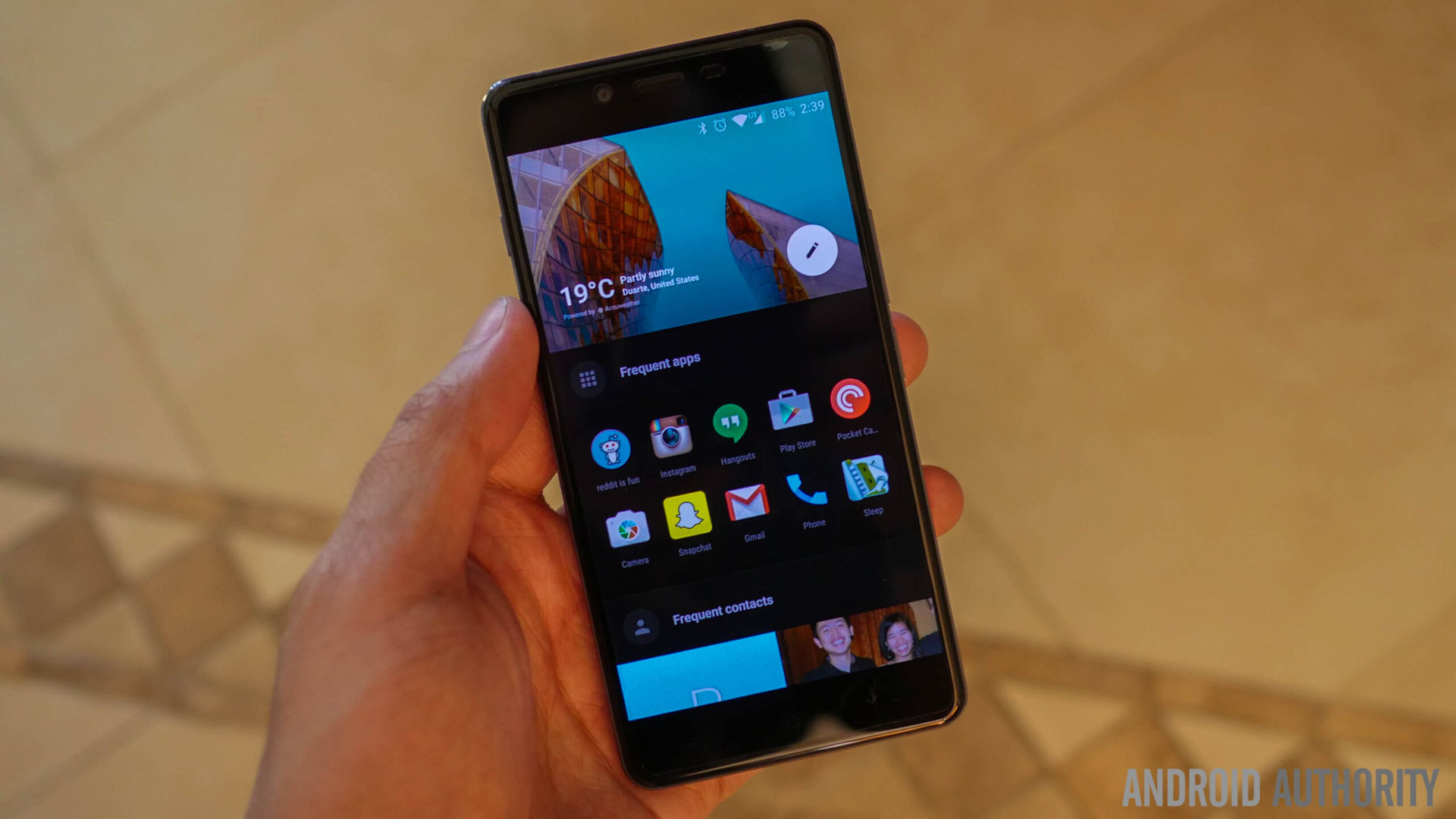
Shelf, where frequent apps and favorite contacts, along with user-defined widgets, can be stored, is off by default, but it is certainly a good place to put your widgets and helps avoid using a lot of homescreens. More input options are available, with users given the choice between capacitive keys or on screen navigation keys, and gestures like double tap to wake are to be found as well.
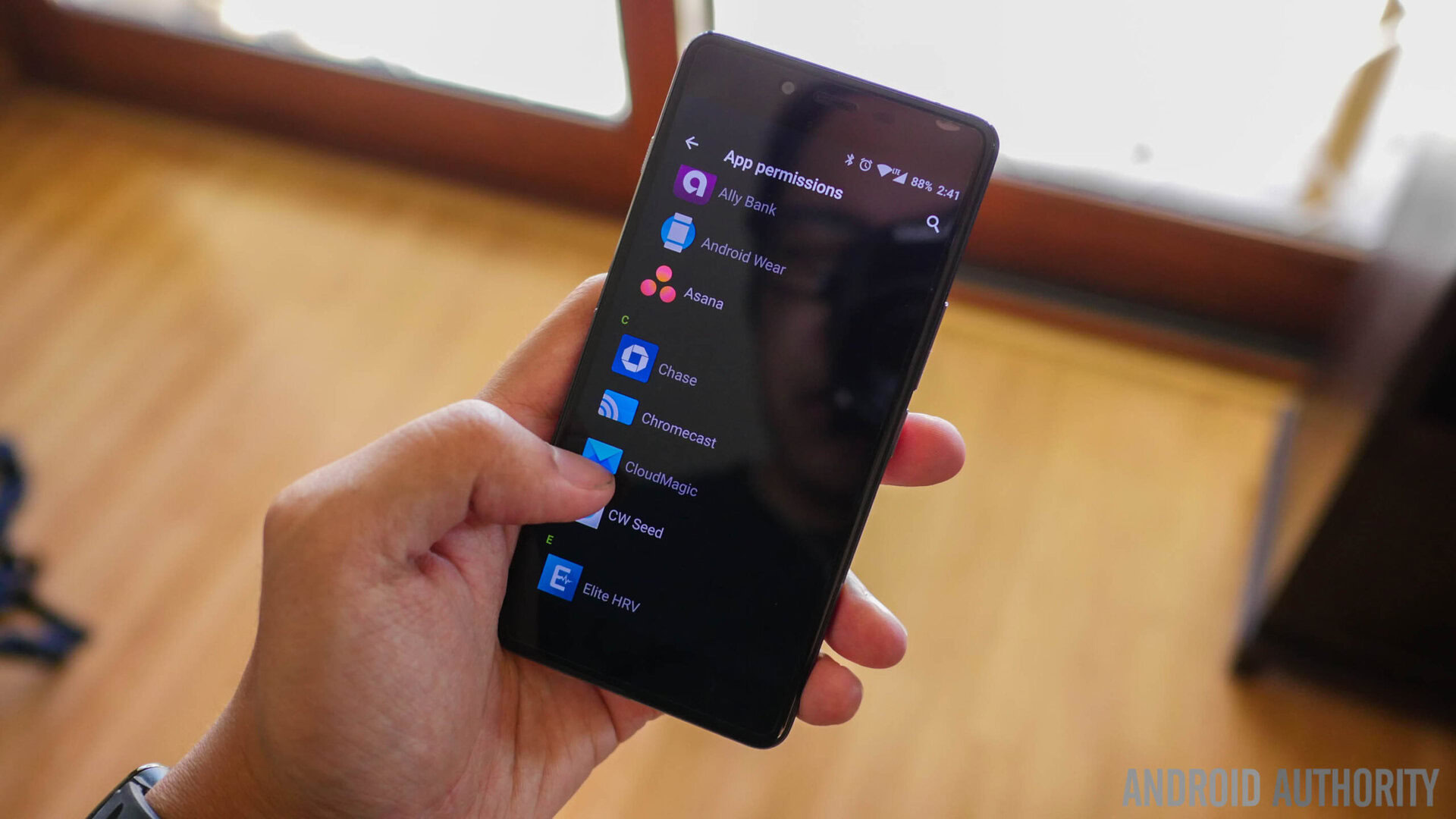
Even if it’s not based on Marshmallow, Oxygen boasts App Permissions, a feature that gives a nice insight into the kind of things applications are attempting to access. We have already mentioned Dark Mode a few times, and it is simply a bit nicer on the eyes, and the battery, and it has even got an option to cater the accent colors for a bit of a different look. By highlighting the Dark Mode, OnePlus has taken that little step to make its version of Android a touch different from stock versions, and given that the company prides itself on being different, we can certainly expect more additions to the Oxygen OS to further set it apart.
Specifications
Display | 5-inch display 1920 x 1080 resolution Gorilla Glass 3 |
Processor | Qualcomm 2.3GHz Snapdragon 801 processor |
GPU | Adreno 330 |
RAM | 3GB |
Storage | 16GB |
MicroSD | Up to 128GB |
Connectivity | 2.4GHz b/g/n, Bluetooth 4.0, GPS, GLONASS, BDS, LTE |
SIM card | Nano SIM, dual compatible (but uses microSD slot) |
Camera | 13MP ISOCELL 3M2 CMOS with f/2.2 rear cam, 8MP front cam |
Battery | Non-removable 2,525 mAh LiPo battery |
Software | Oxygen OS (based on Lollipop) |
Dimensions | 140 x 69 x 6.9 mm, 138g for Onyx, 160g for Ceramic |
Gallery
Pricing and final thoughts
Priced at just $250, a premium body and good internals make the OnePlus X quite a steal. Of course, OnePlus’ infamous invite system does return, but small windows for open sales will be available, before gradually becoming free from requiring any invitations.
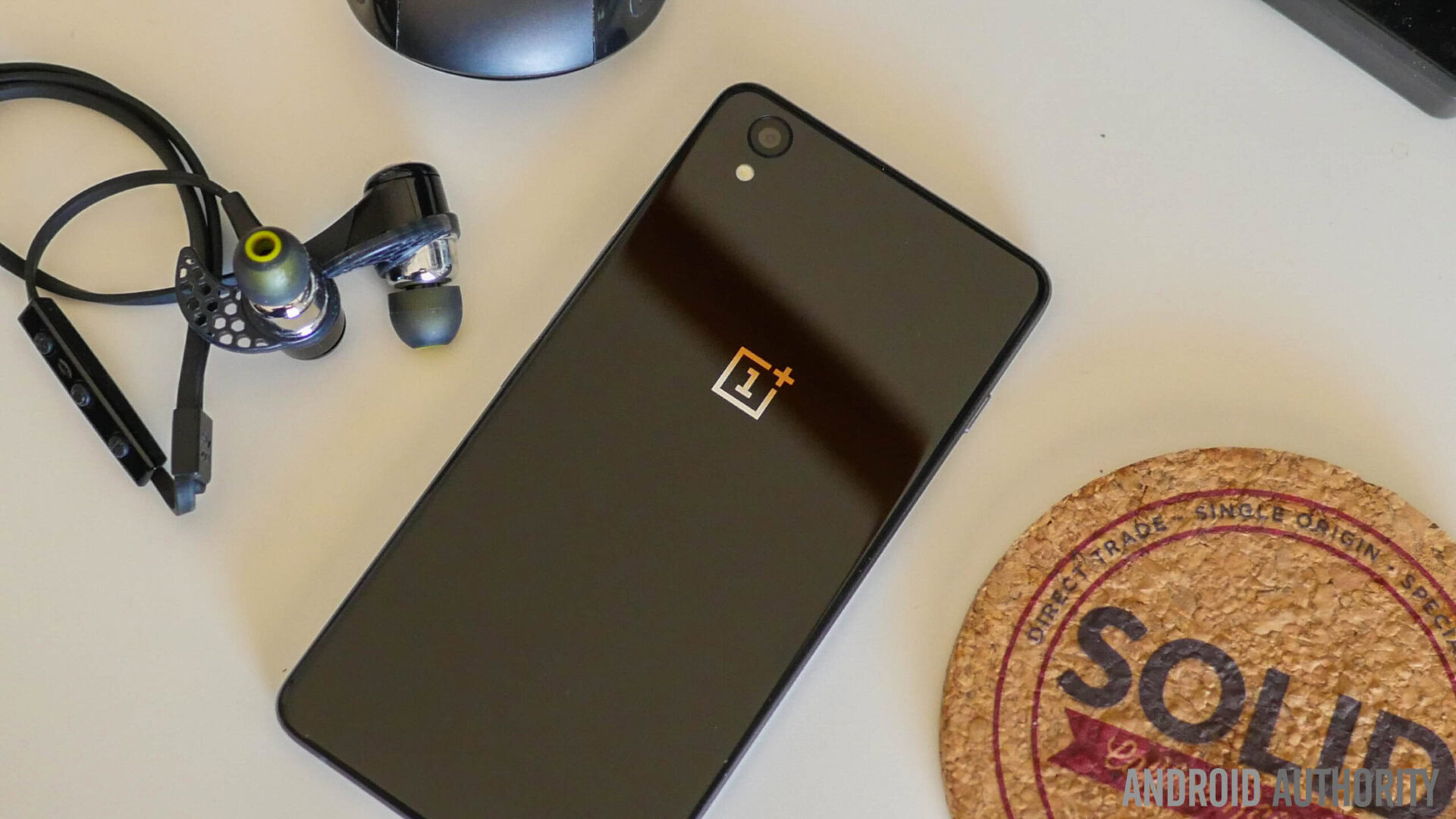
So, there you have it for this in-depth look at the OnePlus X! With that low price, the X might be OnePlus’ most compelling offering yet. The OnePlus X makes no pretenses about being a flagship smartphone, and understandably doesn’t meet that standard. We do think that the device is a great phone, but that phrase almost always ends with the phrase, “for the price.” Granted, it isn’t future proof, and for users who need LTE in the US, the expiration date may be sooner rather than later, but for now, the OnePlus X is one of the best smartphone deals we’ve seen all year.